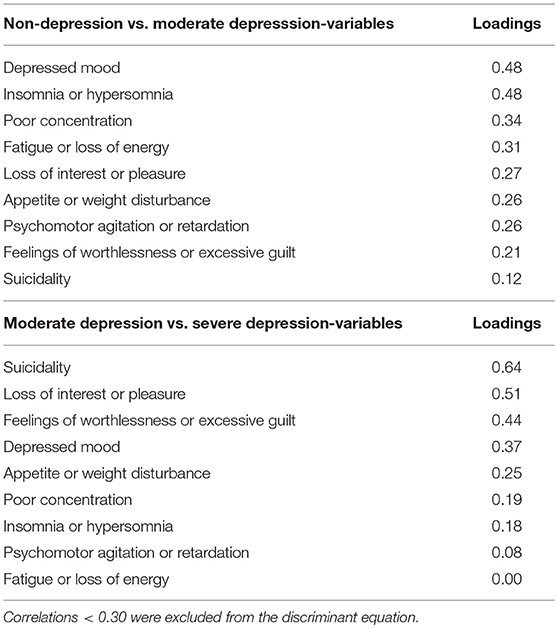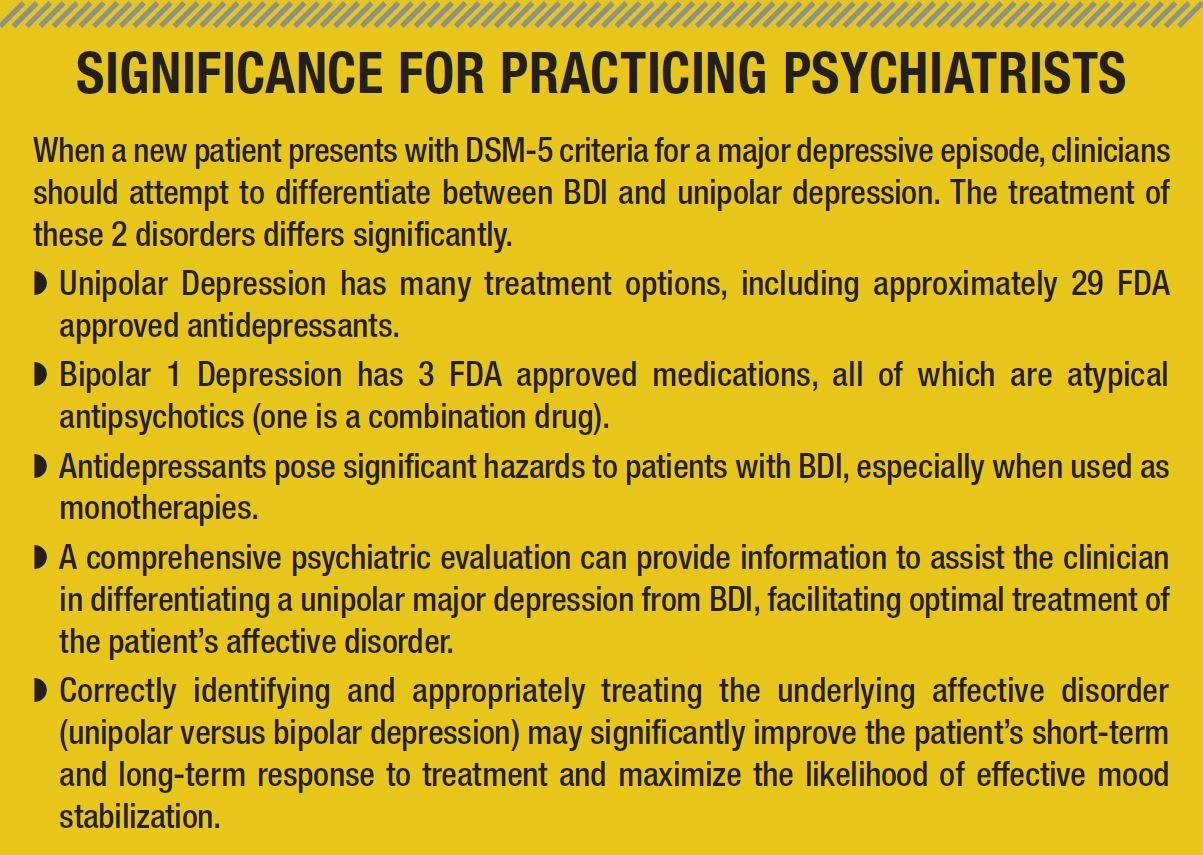

Diminished ability to think or concentrate, or indecisiveness, nearly every day (either by subjective account or as observed by others).ĩ. Feelings of worthlessness or excessive or inappropriate guilt (which may be delusional) nearly every day (not merely self-reproach or guilt about being sick).Ĩ. Fatigue or loss of energy nearly every day.ħ. Psychomotor agitation or retardation nearly every day (observable by others, not merely subjective feelings of restlessness or being slowed down).Ħ.

Insomnia or hypersomnia nearly every day.ĥ. (Note: In children, consider failure to make expected weight gain.)Ĥ. Significant weight loss when not dieting or weight gain (e.g., a change of more than 5% of body weight in a month), or decrease or increase in appetite nearly every day. Markedly diminished interest or pleasure in all, or almost all, activities most of the day, nearly every day (as indicated by either subjective account or observation).ģ.

(Note: In children and adolescents, can be irritable mood.)Ģ. Depressed mood most of the day, nearly every day, as indicated by either subjective report (e.g., feels sad, empty, hopeless) or observation made by others (e.g., appears tearful). Note: Do not include symptoms that are clearly attributable to another medical condition.ġ. Five (or more) of the following symptoms have been present during the same 2-week period and represent a change from previous functioning: at least one of the symptoms is either (1) depressed mood or (2) loss of interest or pleasure. We review the changes in MDD definition, provide guidance on their implementation and discuss their implications for clinical practice and research.Īssessment classification diagnosis major depressive disorder persistent depressive disorder psychopathology.A. The specifier "with perinatal onset" expands on the DSM-IV "postnatal onset" to include onset during pregnancy. New specifiers of MDD "with anxious distress" and "with mixed features" allow characterization of additional symptoms. Clarification is also needed on whether MDD can be concurrent with the new broad "other specified bipolar and related disorders". A new persistent depressive disorder category is intended to encompass both dysthymia and chronic depression, but its relationship to MDD is ambiguous with conflicting statements on whether the two diagnoses should be concurrent if both sets of criteria are fulfilled. The replacement of an operationalized bereavement exclusion with a call for clinical judgment in distinguishing normal reactions to significant loss from a disorder in need of clinical attention makes the diagnosis less objective and complicates investigations of the relationship between adversity and depression. A small wording change has expanded the core mood criterion to include hopelessness, potentially broadening the diagnosis. In DSM-5, MDD is part of the new "Depressive disorders" section, which is separate from "Bipolar disorders", marking a division in what had been known as "Mood disorders".
#Mdd dsm 5 manual
The changes in diagnostic criteria for major depressive disorder (MDD) from the fourth to the fifth edition of the Diagnostic and Statistical Manual of Mental Disorders (DSM) may appear small but have important consequences for how the diagnosis is used.


 0 kommentar(er)
0 kommentar(er)
